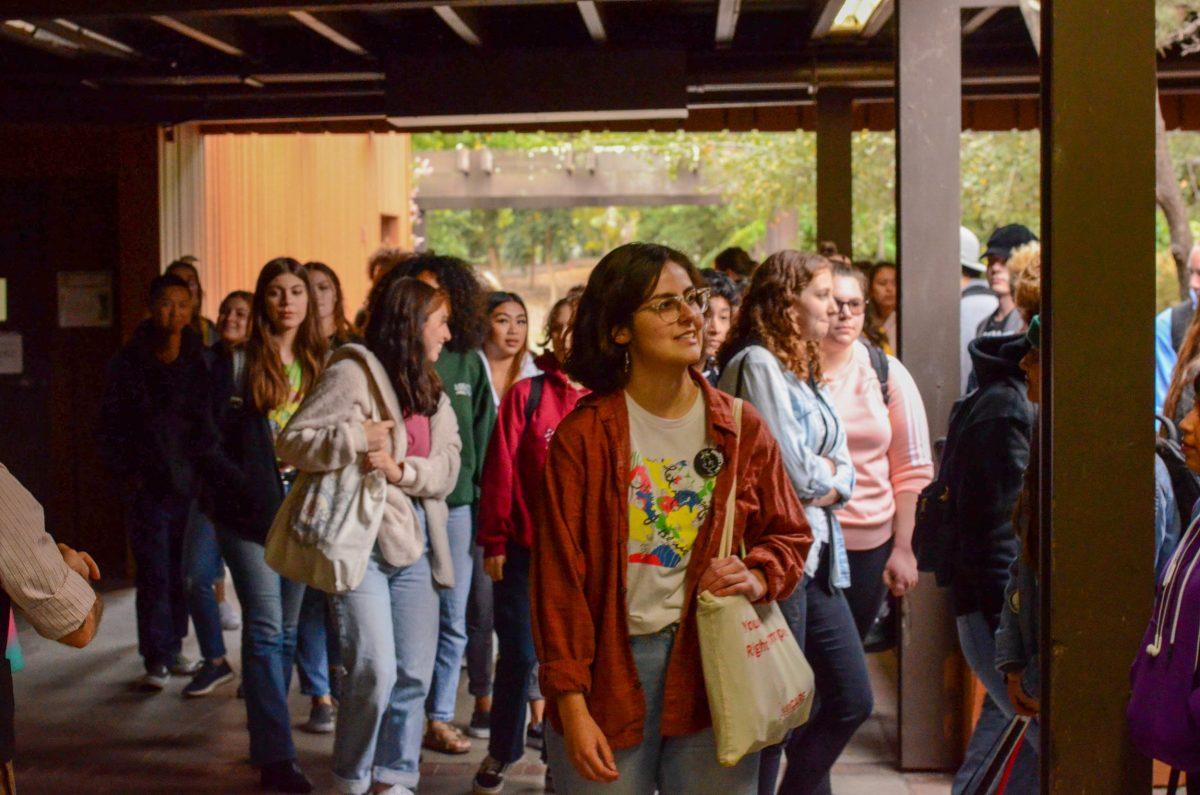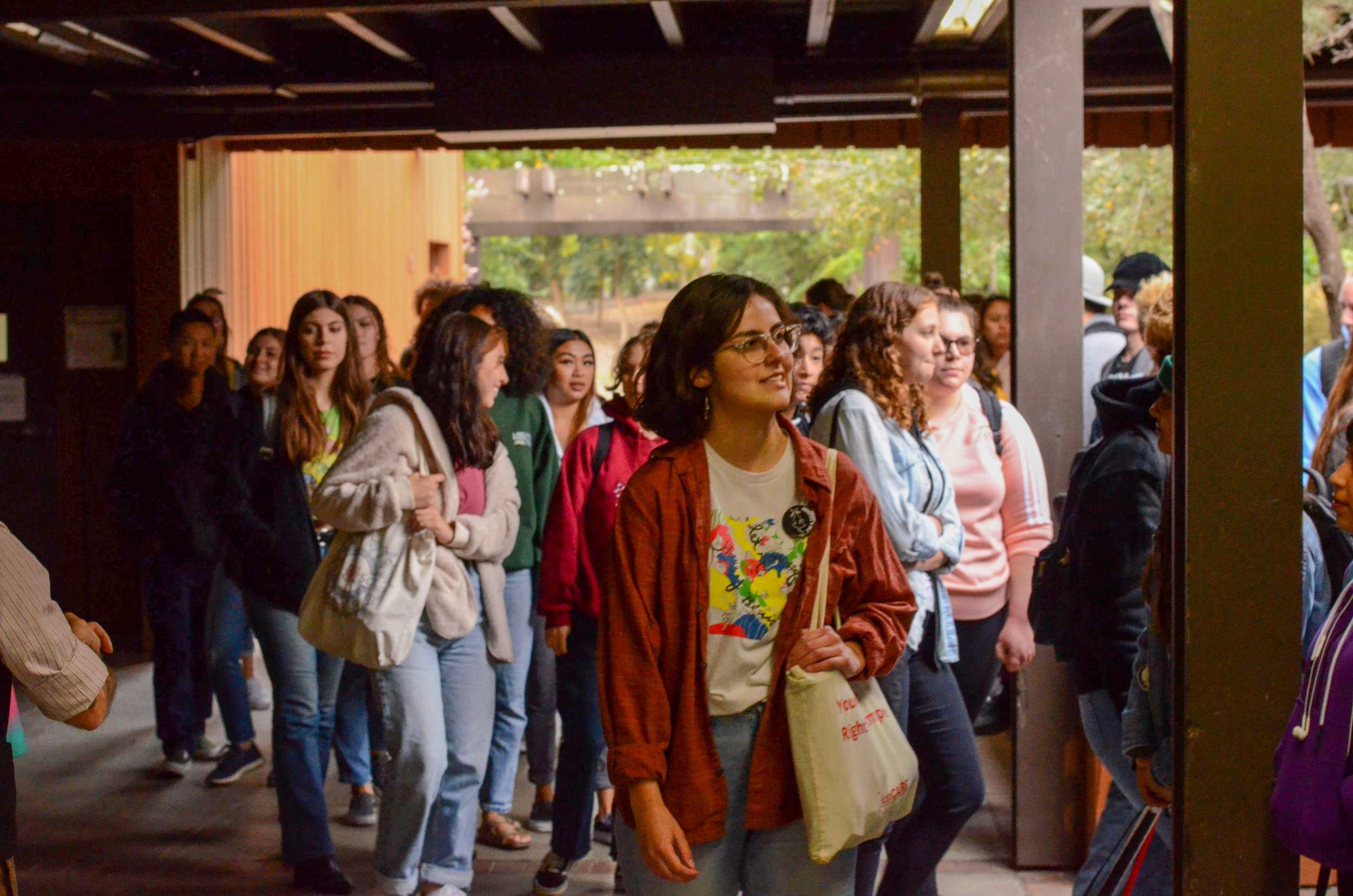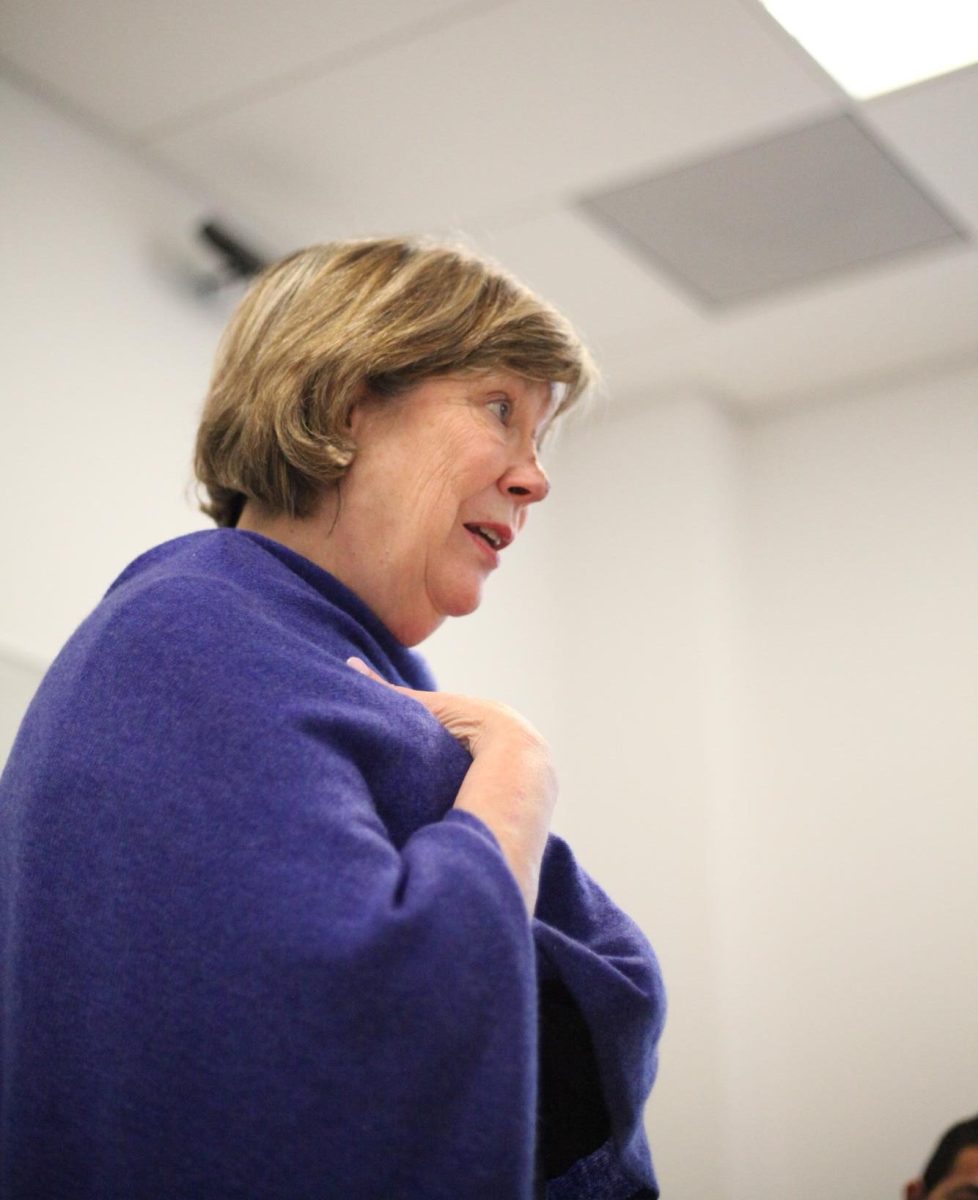Over the past couple of weeks since the Spring 2022 semester started, there have been 10 different emails informing students about the “COVID-19 positive cases on campus,” followed by a standard few paragraphs about how to stay safe from transmission of the virus. With the new Omicron variant looming, there have been a couple of scattered emails informing students of how SSU’s administration has decided to follow through with the remainder of the semester. At first, the administration had decided that it would be best for students to attend classes remotely through Feb. 11, closely following the Sonoma County Department of Public Health’s health order, which “restricted gatherings of large groups of people.” As we begin the transition back to fully in-person instruction, students are left wondering if this will help things return back to a sense of normalcy, or if it will cause the spread of the Omicron variant to trend in an even worse direction.
COVID-19 restrictions and regulations were introduced in the Fall 2021 semester as SSU returned to a “hybrid format”, such as restricted dorm visitations and an “All Clear” message on the Health Portal being required to be shown before entering campus buildings. However, many of these restrictions were not enforced, and it truly shows a valid concern for how we are going to move forward as a campus community to construct a safe and productive environment for all students. This begs the question of who it should be up to in an effort to enforce and follow these regulations: the school, or the students themselves.
With Sonoma State’s administration deciding to go through with a return to in-person learning, this change comes with some serious restrictions for students. In a quote from Susan Presto, the Area Coordinator for Tuscany Village, she stated that, “…with the current state of things, the number of positive cases on campus and the amount of students having to go into isolation/quarantine due to close contact or symptoms, SSU has temporarily restricted guests from our residential spaces.” With these changes quickly going into effect, students are left without a choice of staying in the comfort of their own home for the semester, and are forced to subject themselves to an altered version of the “college experience,” for better or for worse.
As much as the university’s administration is expected to uphold and enforce these restrictions and regulations, students should also be expected to look out for their own safety and protect others around them from worsening the spread of the COVID-19 virus. Sonoma State’s student body is widely made up of adults that can make their own decisions, so it’s partially up to the students to be closely following the guidelines that the school has set in place. If these expectations prove to be unrealistic, then we should really be asking ourselves why it is a good idea to return to in-person learning in the first place. In essence, doesn’t a decline in positive cases suggest that having students learn remotely is effective in slowing the spread of COVID-19?
Fundamentally, the move back to in-person learning might be a relief for some, but it might be coming at a much more troubling and overwhelming time for a lot of students as well. While there is no way to please everyone involved, we might be having a completely different conversation if SSU’s administration had decided to reach out to students about what direction classes should go instead of making the ultimate decisions for them. As we move forward and transition back to in-person learning yet again, it’s important for our campus community to look at what other types of lessons we can take from this and how we can learn from them and come back even stronger than before.
STAR // Jacob Loher




































